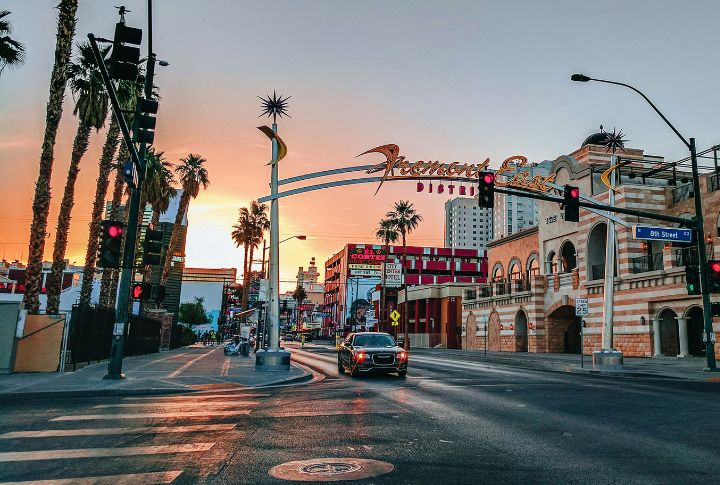
Think all highways feel the same? Not even close. In some states, it’s full throttle; in others, you’ll swear time stands still. Road culture, speed limits, and scenery all play a part. Curious which states hit the gas first? The fast-lane leaders are up top—buckle in.
Texas
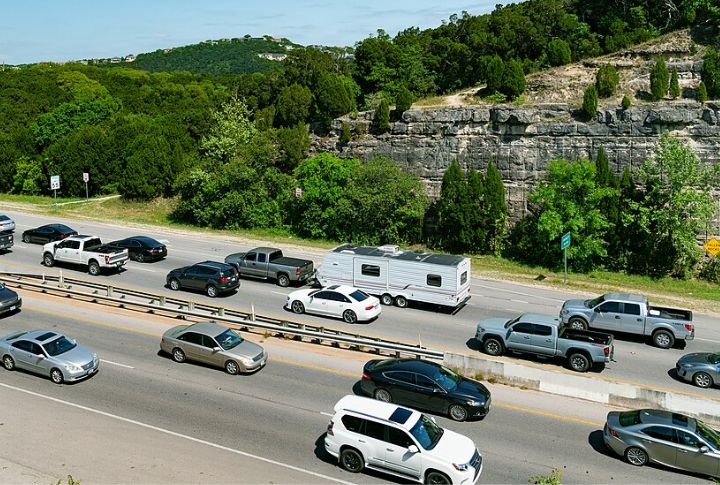
Holding the highest average highway speed limit at 85 mph, Texas sets the pace for fast driving. The state also frequently ranks in the top five for speeding-related fatalities, largely due to its sprawling rural highways with minimal traffic enforcement, fostering a long-haul driving culture.
South Dakota
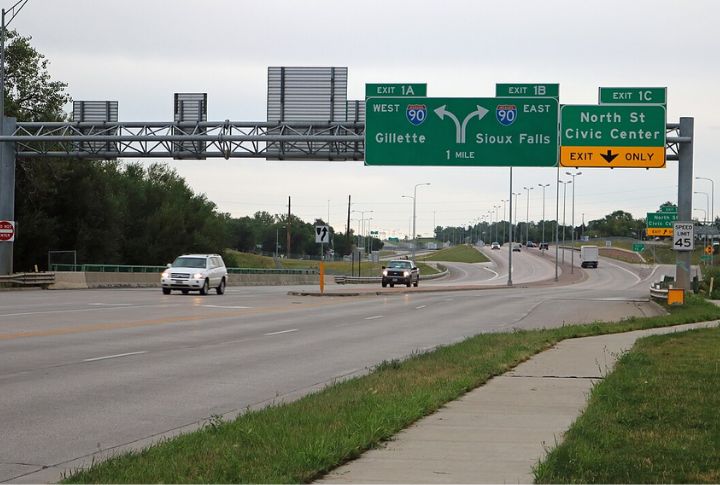
Urban freeways in South Dakota can reach speeds of 75 mph, thanks to the state’s low population density. The vast, open roads and minimal congestion allow for faster driving. Additionally, the state’s flat terrain has made it a popular location for car testing events.
Nevada
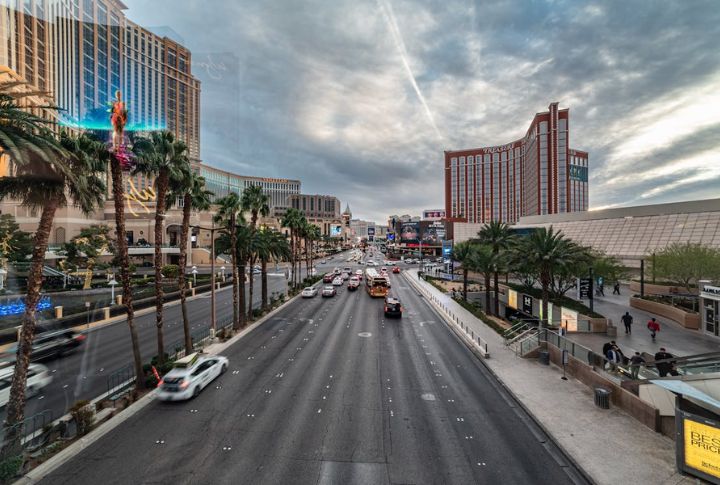
With highways like I-80 supporting speeds of up to 80 mph, Nevada’s roads often see fast-moving traffic, especially on long and empty desert stretches. Las Vegas visitors, known for their aggressive driving habits, contribute to the state’s reputation for speed. Nevada is also a frequent setting for car commercials centered around speed.
Wyoming
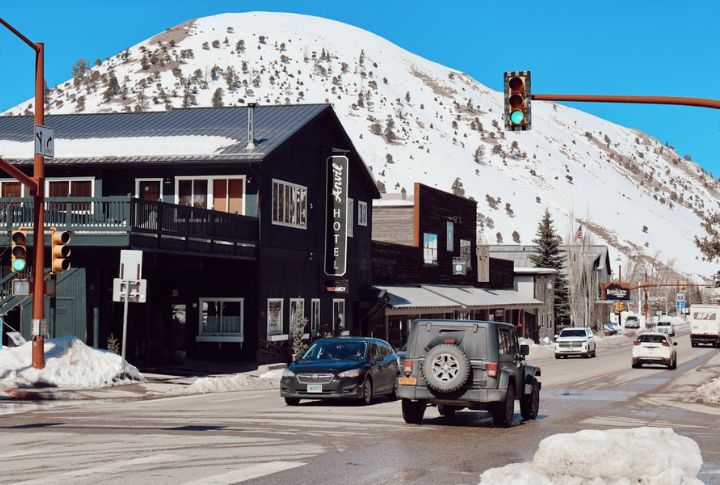
What makes Wyoming a hotspot for speeding? Known for some of the highest average speeds in the country, the state’s sparse traffic law enforcement in rural areas contributes to its culture of fast driving. Long commutes between towns on uncrowded highways only encourage higher speeds on the open road.
Montana
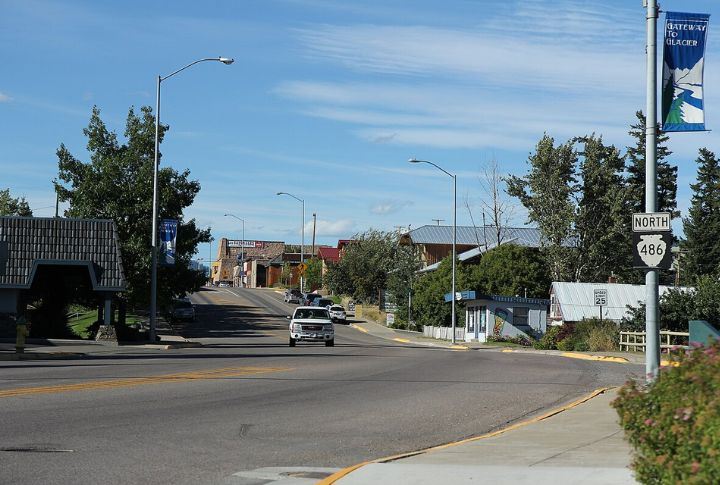
Montana’s 80 mph speed limits on major interstates reflect its expansive road network. Until 1999, the state had no daytime speed limit. While the state offers uninterrupted driving stretches, high-speed crashes often see a concerning rise in non-seatbelt use.
Now, let’s slow things down and look at the states where speed takes a back seat.
Alaska
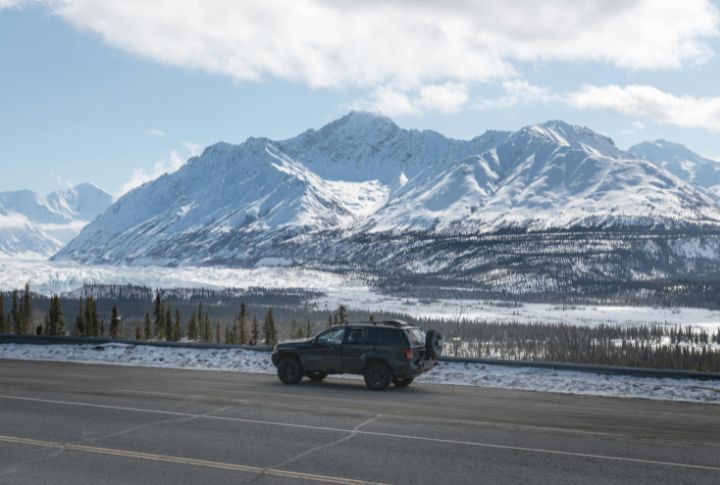
Shifting gears to states where driving speeds are typically lower, Alaska has a maximum speed limit of 65 mph, which is often disregarded due to the extreme winter conditions that require slower driving. Frequent wildlife crossings and less-developed road networks further slow down travel, with remote areas commonly accessed by snowmobiles or planes.
Rhode Island
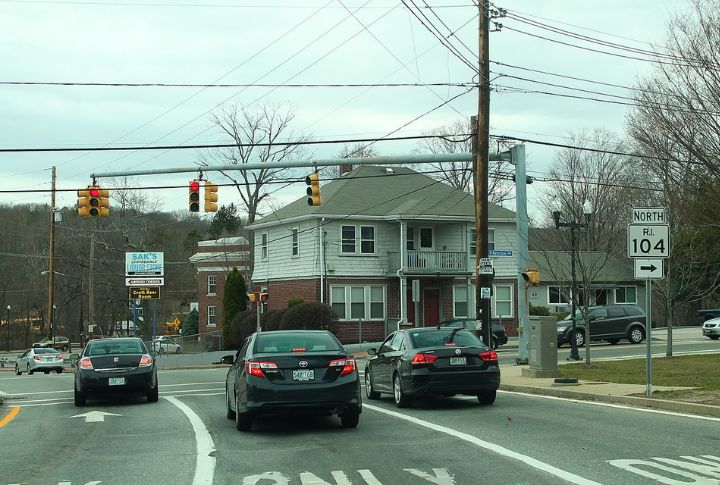
As the smallest state in the U.S., Rhode Island faces extensive urban congestion that impacts driving speeds. The statewide maximum speed limit is 65 mph, but frequent stop-and-go patterns in cities and an aging road infrastructure make fast travel difficult.
Hawaii
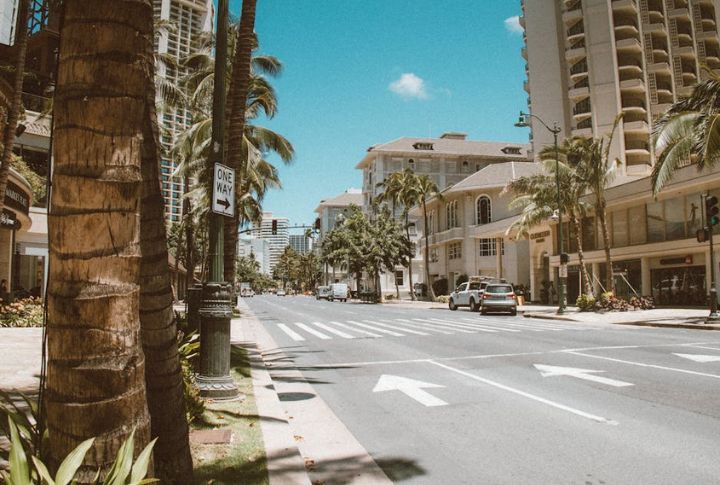
Hawaii is unique for its lower maximum speed limit of 60 mph statewide. The heavy traffic in Honolulu, frequent road construction, and the lack of long, uninterrupted highways make it even more challenging to maintain high speeds. Pedestrian zones also further slow down traffic flow.
New Jersey
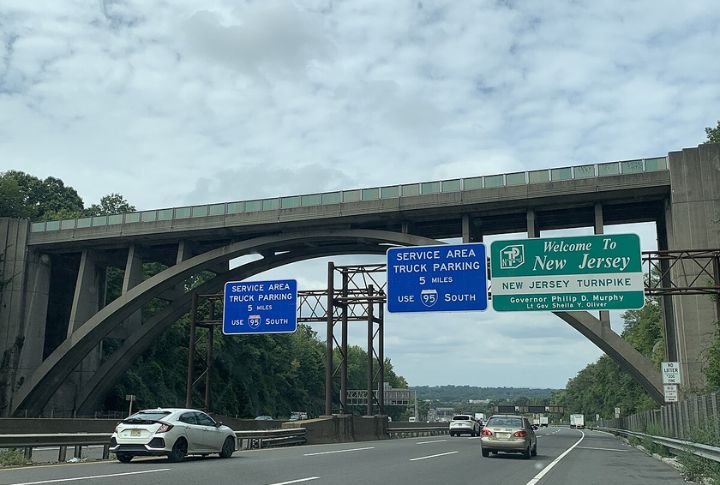
Known for its high traffic volumes and notorious toll roads, New Jersey’s roads see reduced speeds due to congestion. Strict speeding enforcement and complex highway systems with frequent merges contribute to one of the most stressful driving experiences in the Northeast.
Massachusetts
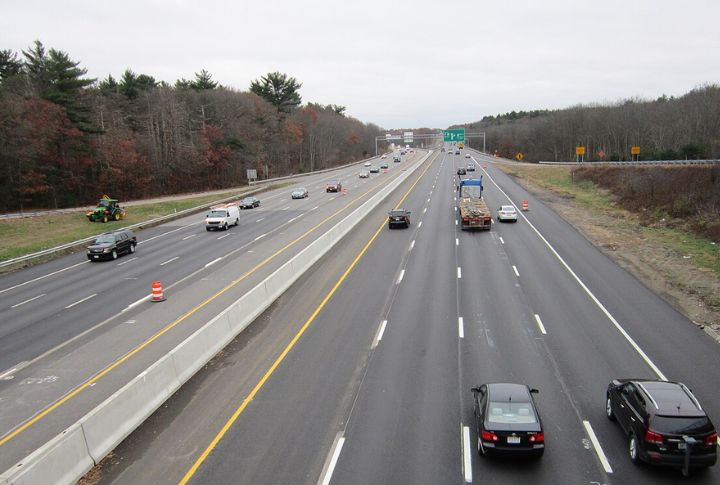
In Massachusetts, the average highway speed stays under 65 mph due to dense city layouts and heavy commuter traffic. Frequent rotaries and narrow residential streets add to the challenge. Public transit use is high, reducing long-distance driving, while Boston’s notorious driving culture can be aggressive.
